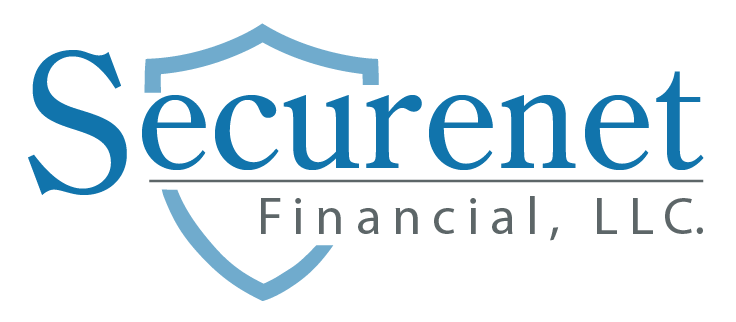Strategies to Minimize Taxes When Withdrawing Retirement Income
For retirees, developing tax-efficient withdrawal strategies is key to preserving savings and enjoying a stable income. Taxes can substantially reduce your available retirement income, so it’s important to plan withdrawals thoughtfully to reduce tax liabilities. By strategically withdrawing from different accounts, retirees can extend the life of their savings. This article explores various approaches to withdrawals, offering insights into how a tax-efficient strategy can optimize retirement income. While each retiree’s situation varies, focusing on tax-aware withdrawals is essential for long-term financial health in retirement.
Tax-Efficient Withdrawal Strategies: Understanding the Basics
Crafting tax-efficient withdrawal strategies requires understanding the tax implications of different retirement accounts and carefully planning both the order and timing of your withdrawals to minimize tax burdens. Generally, retirement savings are held in three types of accounts: tax-deferred accounts like traditional IRAs and 401(k)s, where taxes are paid upon withdrawal; tax-free accounts such as Roth IRAs and Roth 401(k)s, where withdrawals are tax-free in retirement; and taxable accounts, including brokerage accounts, where investments are subject to capital gains taxes. A tax-efficient withdrawal strategy seeks to balance withdrawals from these accounts to minimize the retiree’s overall tax burden. This often involves withdrawing from taxable accounts first, followed by tax-deferred accounts, and leaving tax-free accounts to grow as long as possible.
Mastering Required Minimum Distributions (RMDs)
An essential component of tax-efficient withdrawal strategies is managing Required Minimum Distributions (RMDs) from tax-deferred accounts. Starting at age 73, retirees must begin taking RMDs from their traditional IRAs, 401(k)s, and other tax-deferred accounts, which are taxed as ordinary income. Failing to take RMDs results in a steep penalty, so it’s crucial to include these in your withdrawal strategy. One approach to managing RMDs is to start withdrawals from these accounts slightly earlier, potentially at a lower tax bracket, to reduce the impact of larger, mandatory distributions later on.
Utilizing Roth Conversions
Roth conversions involve transferring funds from a tax-deferred account into a Roth account, paying income taxes on the converted amount. This strategy can be particularly tax-efficient in years when you find yourself in a lower tax bracket, as it allows you to pay taxes on retirement savings at a lower rate and enjoy tax-free withdrawals in the future. However, timing is crucial, as conversions can increase your taxable income for the year, potentially affecting your tax bracket and eligibility for certain tax credits and deductions. Strategic planning with a financial advisor can help determine if and when a Roth conversion makes sense for your situation.
Tax-Loss Harvesting in Taxable Accounts
Tax-loss harvesting is a strategy used in taxable brokerage accounts to offset taxes on gains and income. It involves selling investments that have lost value to offset the capital gains realized from selling profitable investments. This can reduce your taxable income and, consequently, your tax liability. While tax-loss harvesting is a sophisticated strategy, it can significantly enhance the tax efficiency of your withdrawal strategy when used correctly. Regular reviews of your investment portfolio to identify opportunities for tax-loss harvesting can contribute to a more tax-efficient retirement income strategy.
Coordinating Withdrawals with Social Security Benefits
Strategically timing your Social Security benefits in conjunction with withdrawals from retirement accounts can also optimize your tax situation. Social Security benefits are subject to tax based on your combined income, which includes your adjusted gross income, nontaxable interest, and half of your Social Security benefits. By carefully planning your withdrawals, you can potentially reduce the taxable portion of your Social Security benefits, minimizing your overall tax liability. For many retirees, delaying Social Security benefits while drawing down taxable and tax-deferred accounts can increase lifetime benefits and reduce taxes owed.
Does Your Retirement Plan Include Tax-Efficient Withdrawal Strategies?
Navigating tax-efficient withdrawal strategies involves understanding tax laws and carefully planning your withdrawals. By strategically managing required minimum distributions (RMDs), using Roth conversions, coordinating with Social Security, and considering tax-loss harvesting, retirees may reduce tax burdens and better preserve their savings. Each person’s financial needs differ, so seeking personalized guidance from a financial advisor is crucial. Tax-efficient withdrawal strategies should be reviewed regularly to account for changes in tax laws and life circumstances, helping maintain financial stability throughout retirement.
Creating a tax-efficient withdrawal plan for retirement can help you retain more of your savings and promote long-term financial stability. Are you seeking a dedicated partner to help craft a personalized strategy tailored to your retirement goals? At Securenet Financial, we put our clients’ needs above all else. We are dedicated to finding solutions, anticipating needs, and helping you pursue your goals. If you think we might be a good match for your retirement planning needs, let’s start a conversation. Contact us today to schedule your complimentary consultation. We look forward to hearing from you!










